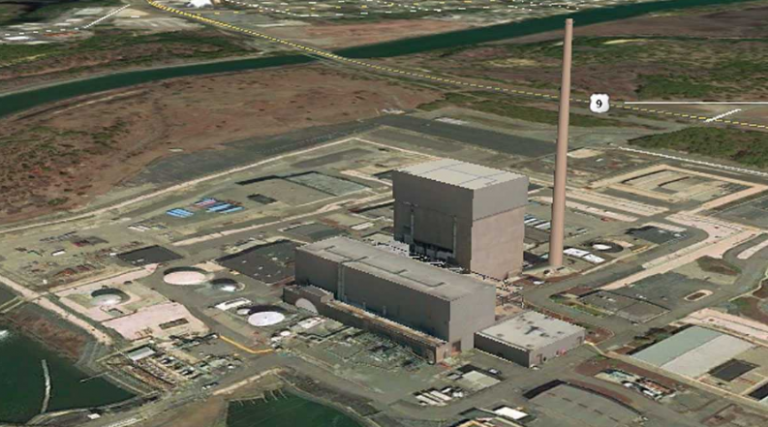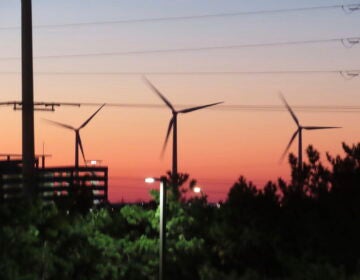Oldest nuke plant in the US closing a year ahead of schedule
Chicago-based Exelon Generation says the Oyster Creek plant in Lacey Township, New Jersey, will close this fall.

Oyster Creek Generation Station in Forked River, N.J. (Image via Google Earth)
The oldest nuclear power plant in the United States will shut down in October, more than a year ahead of schedule.
Chicago-based Exelon Generation says the Oyster Creek plant in Lacey Township, New Jersey, will close this fall. It had a deadline of Dec. 31, 2019, under an agreement with state authorities.
The company says it is becoming too costly to operate the plant amid low power prices. In a release announcing the early shutdown, Exelon said the new timetable will help it “better manage resources as fuel and maintenance costs continue to rise amid historically low power prices.”
Bryan Hanson, Exelon’s president and chief nuclear officer, said the company will offer jobs to all 500 Oyster Creek workers elsewhere in the company.
“I want to thank the thousands of men and women who helped operate Oyster Creek Generating Station safely for the past half-century, providing generations of New Jersey families and businesses with clean, reliable electricity,” he said. “We thank our neighbors for the privilege of allowing us to serve New Jersey for almost 50 years.”
Oyster Creek went online Dec. 1, 1969, the same day as the Nine Mile Point Nuclear Generating Station near Oswego, New York.
But Oyster Creek’s original license was granted first, making it the oldest of the nation’s commercial nuclear reactors that are still operating.
The company reached a deal with New Jersey’s Republican Gov. Chris Christie in 2010 to shut the plant down 10 years earlier than normal in return for not having to build costly cooling towers at the plant site in the Forked River section of Lacey Township, near the Jersey shore.
Environmentalists have long faulted the warmer-than-normal water that exits from the plant with harming or killing marine life in the fragile Barnegat Bay. The company says it has taken many costly steps to protect the environment and operate the plant safely.
The Nuclear Regulatory Commission granted Oyster Creek a new 20-year license in April 2009, rejecting criticism from a coalition of residents and environmental groups that the plant was too old and degraded to operate safely for another two decades.
The opposition centered on corrosion to the plant’s drywell shield, a metal enclosure that keeps superheated radioactive steam within a containment building around the reactor.
The NRC, which governs the industry, had determined the shield is safe despite previous water leaks that caused rust to eat away parts of it.
Exelon had applied a strong coating material to the liner and removed a sand bed at the base of the reactor that was found to hold moisture.
Oyster Creek’s design — a boiling-water reactor — is considered obsolete by today’s standards.
Follow Wayne Parry at http://twitter.com/WayneParryAC
WHYY is your source for fact-based, in-depth journalism and information. As a nonprofit organization, we rely on financial support from readers like you. Please give today.




